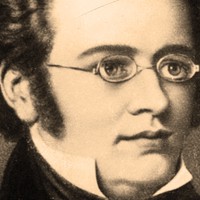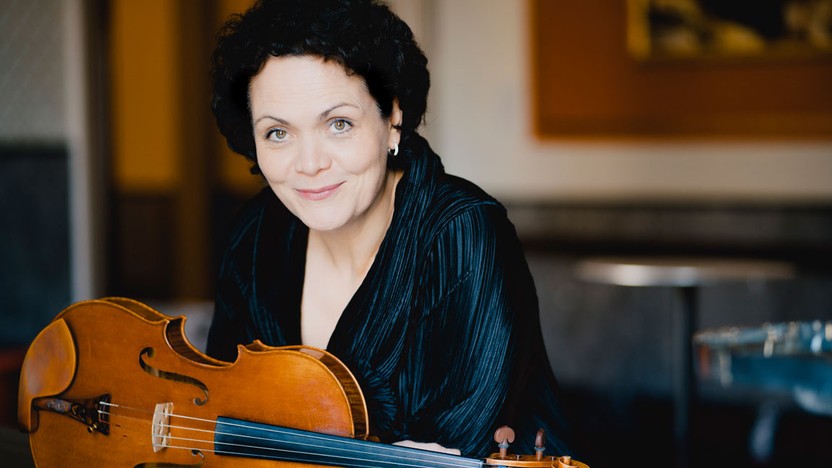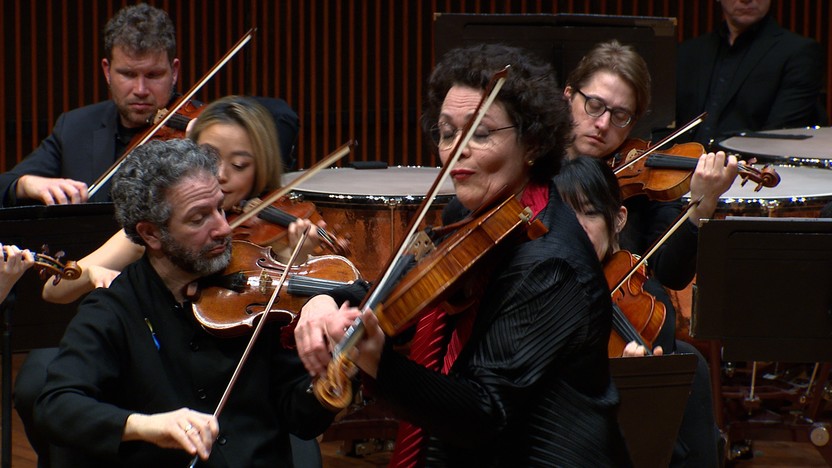Details

Sally Beamish
Viola Concerto No. 1

Franz Schubert
Symphony No. 2
At age seventeen, Schubert took a full-time job as a teaching assistant at the school where his father worked. The young composer also made time to attend lessons with Antonio Salieri twice a week, to play viola in a student orchestra, and—astonishingly—to write new music at a rate that averaged out to at least 65 measures of music every single day. Among his efforts that winter was his second completed symphony, which he worked on from December 1814 to March 1815. Schubert dedicated the score to his school’s headmaster, and presumably the student orchestra read through the work. Neither this symphony nor any other of Schubert’s works received a public airing until after the composer’s twentieth birthday, and it took decades for his music to achieve the recognition it deserved following his tragic death at age thirty-one.
As a student composer in Vienna, Schubert could not help but be engulfed by the towering achievements of Haydn, Mozart, and Beethoven (who had by then introduced eight of his nine symphonies). Like Beethoven before him, Schubert used the instrumentation and general outline of Haydn’s final “London” symphonies as a point of entry for his symphonic craft. In Schubert’s Symphony No. 2, the instrumentation, slow introduction, and the use of a minuet third movement instead of a Beethovenian scherzo all point to the influence of the “London” symphonies. In the Allegro vivace body of the first movement, the trick of presenting the main theme in the strings, at a pianissimo dynamic, and then repeating it fortissimo with the full orchestra, smacks of Haydn; even the basic “hook” of the theme, the accented offbeat, mimics Haydn’s sense of humor.
The Andante second movement takes the form of a theme and variations. The theme is simple and song-like, but its second half adds a playful extra measure that keeps the phrasing from getting stale. The climactic fourth variation moves to C minor, which returns as the surprising key center for the Menuetto. Before the finale launches, four introductory measures bridge the harmonic distance back to the home key of B-flat major. Then, like horses on the hunt, the strings gallop off at a Presto tempo, starting quietly and building suspense until the accumulated tension explodes in a forte declamation.
— © Aaron Grad
Aaron Grad ©2013
About This Program
This program radiates warmth, vitality, and lyrical beauty, led by internationally renowned violist and SPCO Artistic Partner Tabea Zimmermann. At the heart of the concert is Sally Beamish’s deeply emotional viola concerto, featuring haunting viola writing and beautiful solos for wind players. This program blends expressive storytelling with vibrant symphonic energy, offering a powerful balance of intimacy and exuberance. Each melody feels personal, drawing you into a world of emotion and musical richness. With a narrative that connects to the themes of Peter's denials of Christ, the piece resonates particularly during the season of Lent.


